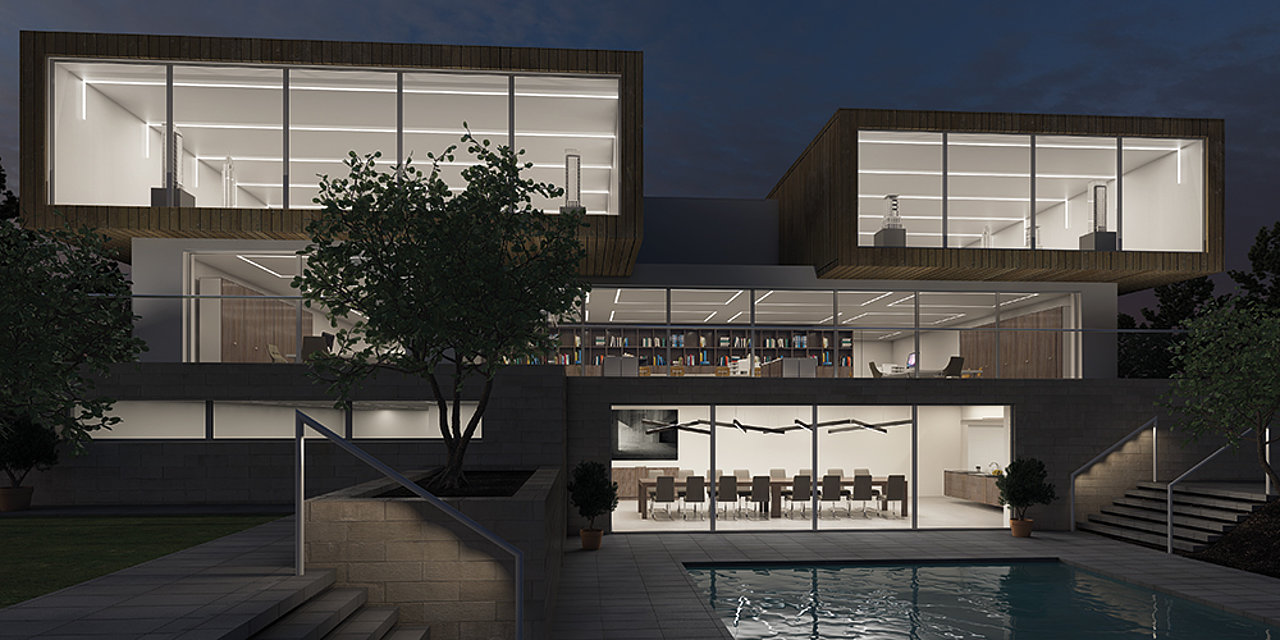The environment benefits in addition to the low power consumption of the LED by the renunciation of pollutants in the LED and the narrow range of colours. Unlike fluorescent lamps LEDs contain no toxic substances such as mercury. So, if after long-term use of an LED replacement is necessary, this can be done completely without hesitation. Because of the built-in electronics the LED is correctly disposed of in accordance with the Waste Electrical and Electronic Equipment directive.
Because of their monochromaticity for illumination provided LEDs emit no ultraviolet rays. While they are invisible to the human eye, they are used of insects and birds to the orientation. This behavior is disturbed by conventional bulbs, but not in the use of LED solutions.
Photobiological safety
The photobiological safety indicates if a light source causes any risk to fear for the eyes or not. Beforehand is to say that in terms of the lighting segment used LEDs the photobiological safety is comparable to the classical lamps, such as incandescent and halogen lamps. The classification is according to the DIN EN 62471 in the risk groups 0, 1, 2 and 3.
Without compliance with this standard within the EU may no lights be brought into operation. The current CE marking certifies that all applicable to the product guidelines are followed.
SCHMITZ | WILA cooperates exclusively with suppliers who test their LEDs according to DIN EN 62 471 and can confirm this with documentation. It does not matter whether they are single LEDs, LED modules or arrays. All bulbs used by SCHMITZ | WILA correspond to the risk groups 0 or 1. Accordingly, there is no danger to the human eye.



